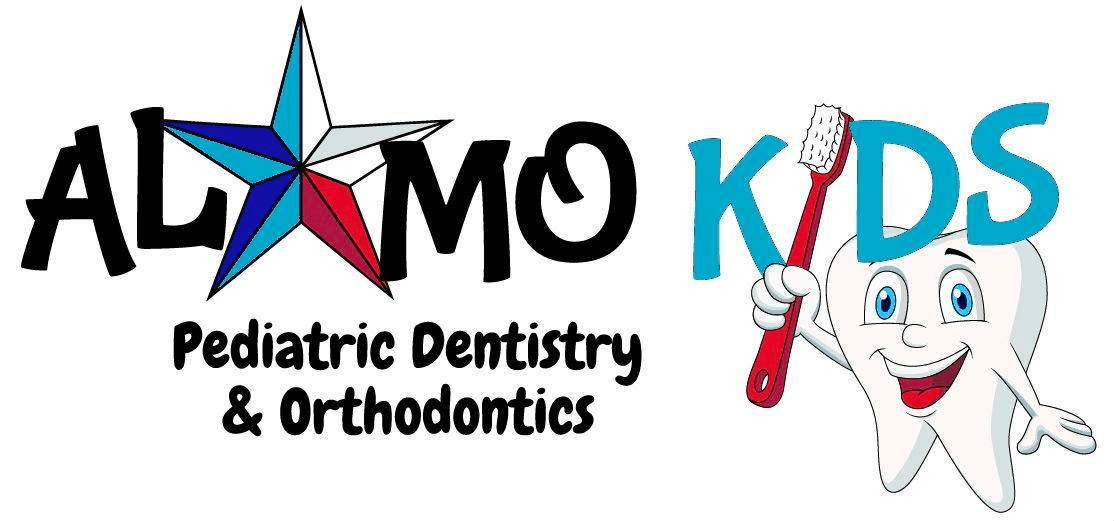In most cases, a tooth may need to be pulled when other less radical procedures, such as amalgams or restoration, make it impossible or imprudent to save your child’s original tooth.
Advanced anesthetic techniques today greatly minimize discomfort associated with a tooth extraction.
First, the area surrounding the tooth is numbed to lessen any discomfort. After the extraction, your child is given a regimen to follow to ensure that no infection occurs and gum tissues heal properly.
In most cases a small amount of bleeding is normal.
Have your child avoid anything that might prevent normal healing. This includes vigorous rinsing of the mouth vigorously or drinking through a straw (the sucking action may promote swelling and opening of the extraction site). These activities could also dislodge the clot and delay healing.
For the first few days, if rinsing is a necessity, rinse your child’s mouth gently. Afterward, for pain or swelling, apply a cold cloth or an ice bag. Ask our office about pain medication. Your child can brush and floss her other teeth as usual; but she mustn’t clean the teeth next to the tooth socket.
Wisdom teeth extraction
Wisdom teeth are your child’s third and final set of molars.
Normally, people have three permanent molars that develop in each quadrant of the mouth; upper, lower, right and left. The first molars usually grow into the mouth at about the age of 6. The second molars grow in at around age 12. The third molars usually will try to grow in at around age 18 to 20 years.
Wisdom teeth are the last teeth to erupt, or grow into the mouth. They are just as useful as any other tooth if they grow in properly, have a proper bite relationship, and have healthy gum tissue around them. But in many people wisdom teeth do not grow in properly and force undue stress on other surrounding teeth.
Often, wisdom teeth that don’t erupt into the mouth properly become impacted, or forced into an awkward, stressful position. Teeth that have not erupted are not necessarily impacted. It may be that it is still too early in someone’s dental development, and if time passes they might grow in properly.
A dental exam, including X-rays, will reveal if your teeth are impacted or will not grow in properly. Impacted teeth can lead to infection, decay of your surrounding teeth, gum disease or cysts or tumors from the follicle, which is the tissue which formed the crown of the tooth.
Impacted wisdom teeth are normally pulled, or extracted, to prevent potential problems. Erupted wisdom teeth may also need to be removed, especially if the tooth is non-functional, interferes with your child’s bite, is badly decayed, at risk for gum disease, or interferes with restoration of an adjacent tooth.
The following symptoms may indicate that your child’s wisdom teeth have erupted and surfaced, and should be removed:
- pain
- infection in the mouth
- facial swelling
- swelling of the gum line in the back of the mouth
Extraction is usually performed when the roots are approximately formed, or three-fourths developed. This is typically during the adolescent years, as early removal will help to eliminate problems, such as an impacted tooth that destroys the second molar.
